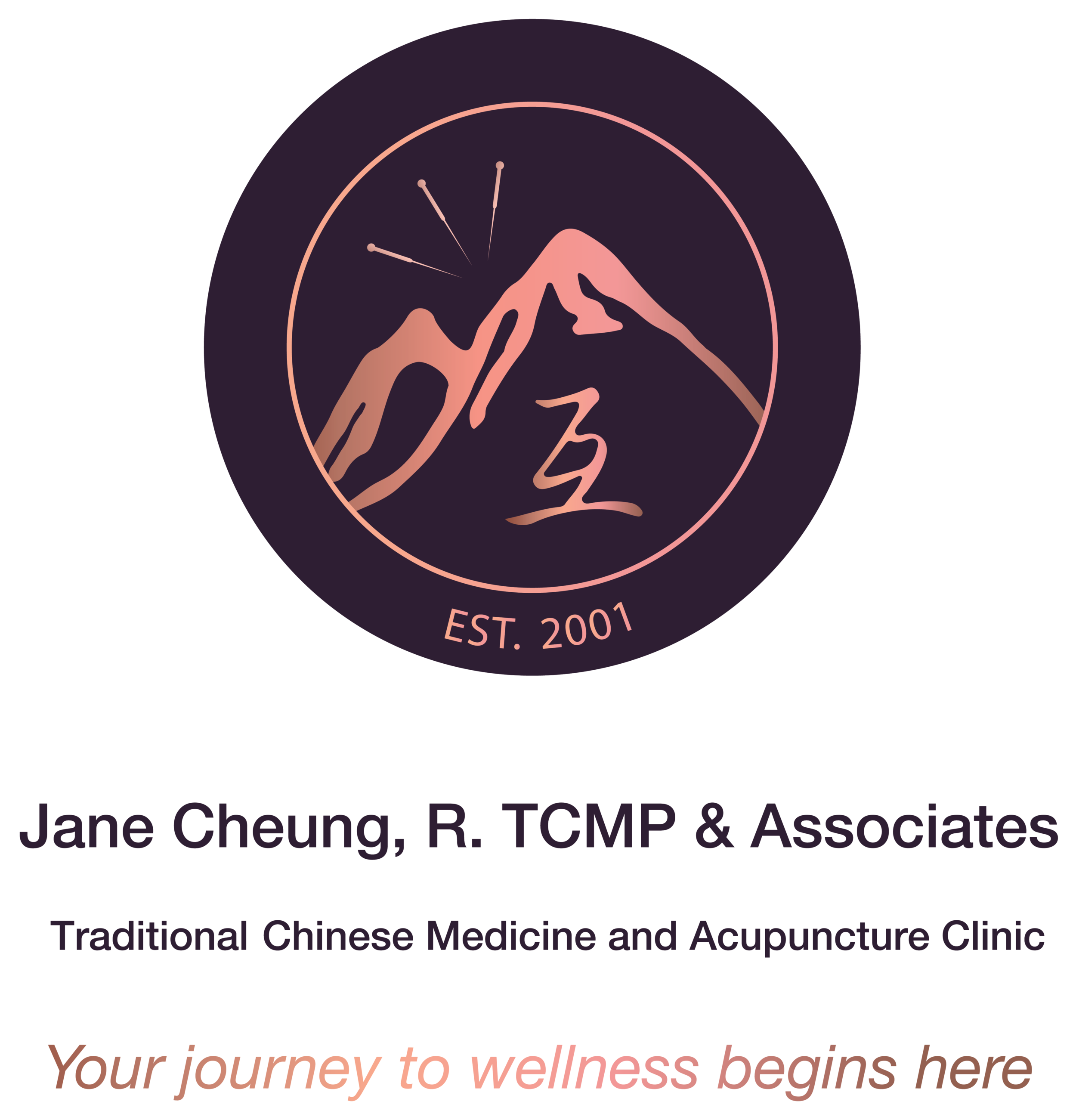Acupuncture
Simple and Elegant…
Acupuncture consists of inserting hair-thin, stainless steel needles in various parts of the body to elicit various biological and physiological responses through activation of sensory receptors. It activates the parasympathetic nervous system (the healing state of the autonomic nervous system as opposed to fight or flight), increases blood flow to injured areas, decreases inflammation, boosts the immune system, and sends the message to the brain via the central nervous system to release pain relieving neurotransmitters such as endorphins and serotonin. It also helps us increase our resilience by balancing the parts of the brain and nervous system that manage stress and hormonal balance. [1]
To a mind of a Traditional Chinese Medicine practitioner, acupuncture is a simple and elegant tool used to guide and restore the normal function of the body. Acupuncture should not hurt you; sometimes you may feel pressure, a warm or cooling, tingling sensation or numbness. About three to ten acupuncture points are generally used during a session. There are over 360 acupoints and each point differs energetically. How the treatment impacts the body overall will depend on the well thought-out combination of points selected by the practitioner. Your practitioner will work with you and describe his/her intent in choosing the points. Treatments can be dynamic where it involves exercise to improve the range of motion; or like a meditation where your body and mind is so relaxed. Ever heard of an acunap?
.
Resources
1. The Journal of Alternative and Complementary Medicine Published Online First: 18 June 2018. Birch et al., 2018 (doi: 10.1089/acm.2018.0092)
https://www.evidencebasedacupuncture.org/acupuncture-scientific-evidence/
DID YOU KNOW? Acupuncture is no longer alternative.
A total of 1311 publications were found that recommended using acupuncture published between 1991 and 2017. In addition, 2189 positive recommendations were found for the use of acupuncture. Of these, 1486 were related to 107 pain indications and 703 were related to 97 nonpain indications. These recommendations were made by a wide range of groups, such as government health institutions, national guideline, and medical specialty groups. The recommendations came from around the world but were especially abundant in North America, Europe, and Australasia.[1]
Resources
1. Birch S, Lee MS, Alraek T, et al. Overview of Treatment Guidelines and Clinical Practical Guidelines That Recommend the Use of Acupuncture: A Bibliometric Analysis.


